Nikon Nikkor Z 14-30 mm f/4 S
8. Vignetting
| Z7, APS-C, JPEG, 14ámm, f/4.0 | Z7, APS-C, JPEG, 14ámm, f/5.6 |
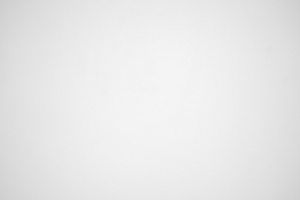
|
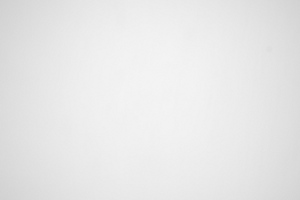
|
| Z7, APS-C, JPEG, 22ámm, f/4.0 | Z7, APS-C, JPEG, 22ámm, f/5.6 |
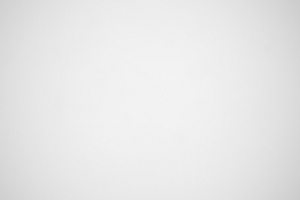
|

|
| Z7, APS-C, JPEG, 30ámm, f/4.0 | Z7, APS-C, JPEG, 30ámm, f/5.6 |

|

|
As the Nikon Z7 body features an option of switching off vignetting correction we decided to use it. Accordingly, JPEG files, presented below, aren't automatically vignetting-corrected.
Please Support UsIf you enjoy our reviews and articles, and you want us to continue our work please, support our website by donating through PayPal. The funds are going to be used for paying our editorial team, renting servers, and equipping our testing studio; only that way we will be able to continue providing you interesting content for free. |
- - - - - - - - - - - - - - - - - - - - - - - - - - - - - - - - - - - - - - - - - - - - - - - -
Still it should be noticed that despite lack of vignetting correction both the body and the lens automatically correct distortion and, as a result, images are cropped. That's why vignetting of RAW files, even if is not corrected at all, remains higher than vignetting of JPEG files. In the APS-C/DX format distortion is not high so that cropping effect is negligible. We aren't going to present RAW thumbnails developed with independent software; it's enough we add that the results for that format are by 2-3% higher than in the case of JPEG format. There is one exception to that rule – a combination of 14 mm and f/4.0 where the RAW measurement was by 5% higher than the respective JPEG vignetting level.
The thumbnails prove well that vignetting on the smaller sensor is not bothersome at all. At the combination of 14 mm focal length and f/4.0 aperture brightness loss in frame corners reaches 15% (−0.48 EV) and it doesn't decrease significantly on stopping down because by f/5.6, f/8.0, and f/11.0 its level remains 14% (−0.42 EV).
A very similar situation can be observed in the middle of the focal range where, by f/4.0, vignetting gets to 15% (−0.47 EV) and then drops to 12% (−0.37 EV) by f/5.6. Further stopping down doesn't produce any measurable effects.
At the maximum focal length and the maximum relative aperture you get vignetting of 18% (−0.57 EV); then, on stopping down the aperture to f/5.6, it decreases to an imperceptible level of 10% (−0.30 EV).
The performance on full frame should be described separately for JPEG and RAW files. Let's deal with the JPEGs first.
| Z7, FF, JPEG, 14ámm, f/4.0 | Z7, FF, JPEG, 14ámm, f/5.6 |
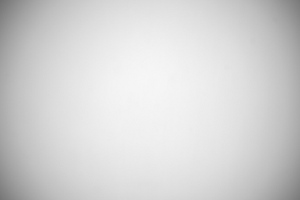
|
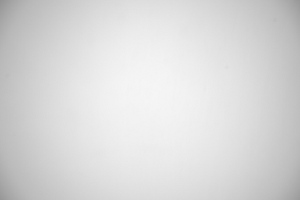
|
| Z7, FF, JPEG, 22ámm, f/4.0 | Z7, FF, JPEG, 22ámm, f/5.6 |
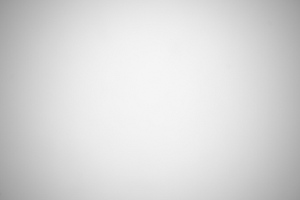
|
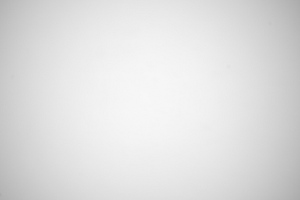
|
| Z7, FF, JPEG, 30ámm, f/4.0 | Z7, FF, JPEG, 30ámm, f/5.6 |
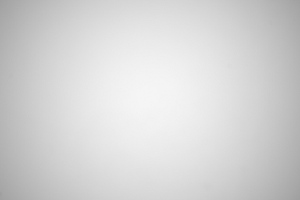
|
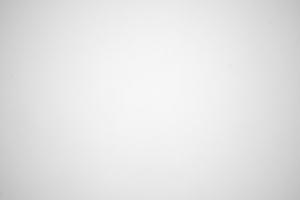
|
At the combination of 14 mm and f/4.0 light fall-off is distinct, reaching 51% (−2.06 EV). By f/5.6 it decreases to 38% (−1.36 EV), and by f/8.0 it falls to 32% (−1.10 EV). Further stopping down of the aperture doesn't have any significant influence on this aberration because by f/11.0 vignetting decreases to 30% (−1.03 EV), so just by 2%.
In the middle of the focal length range there are less of problems because by f/4.0 brightness loss in frame corners amounts to 37% (−1.34 EV) and it decreases to 29% (−0.99 EV) on stopping down the aperture to f/5.6. Once again, further stopping down doesn't have almost any effect because because by f/8.0 and by f/11 you get the same result, that of 28% (−0.94 EV).
Another improvement of the vignetting performance can be observed at 30 mm where, at the maximum relative aperture that aberration is 34% (−1.21 EV); then, after applying the f/5.6 aperture, it decreases to 23% (−0.75 EV). By f/8.0 vignetting changes just slightly, being 22% (−0.73 EV).
Now let's check the situation for RAW files – appropriate thumbnails are presented below.
| Z7, FF, RAW, 14ámm, f/4.0 | Z7, FF, RAW, 14ámm, f/5.6 |
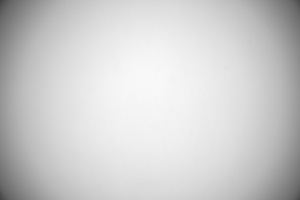
|
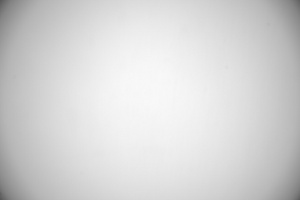
|
| Z7, FF, RAW, 22ámm, f/4.0 | Z7, FF, RAW, 22ámm, f/5.6 |

|
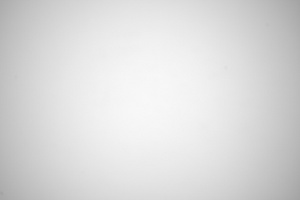
|
| Z7, FF, RAW, 30ámm, f/4.0 | Z7, FF, RAW, 30ámm, f/5.6 |
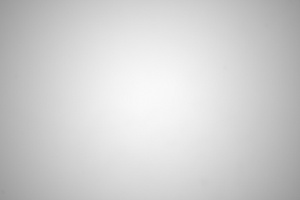
|
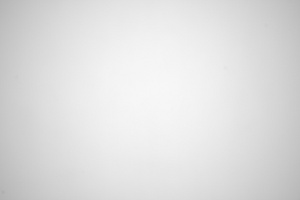
|
According to our expectations problems are more pronounced here and the shortest focal length is the best place to observe them. The camera's software has to correct the highest distortion level and then crop images significantly. At the maximum relative aperture vignetting reaches as high as 70% (−3.48 EV), a monstruous value without any doubts. Stopping down helps but you still deal with high levels of this aberration: by f/5.6 light fall-off is 61% (−2.74 EV), by f/8.0 it drops to 55% (−2.31 EV), and by f/11.0 to 52% (−2.13 EV). Even after stopping down the lens to f/16.0 vignetting remains quite visible as it amounts to 50% (−2.01áEV).
At longer focal lengths differences between RAW files and JPEG files are smaller but also distortion is lower there so there is no need for such a deep correction. At the 22 mm focal length and by f/4.0 vignetting reaches 40% (−1.48 EV), by f/5.6 it decreases to 33% (−1.15 EV), and by f/8.0 to 32% (−1.10 EV). Further stopping down of the aperture doesn't have any measurable effect on the aberration, described here.
At the maximum focal length and by f/4.0 aperture we got a result of 38% (−1.39 EV). After applying f/5.6 vignetting decreased to 27% (−0.89 EV), and on stopping down to f/8.0 it dropped to 26% (−0.88 EV). By f/11.0 and f/16.0 we got, within the margin of error,the same result as by f/8.0.
| Nikon Z7, 14ámm, JPEG, f/4.0 |
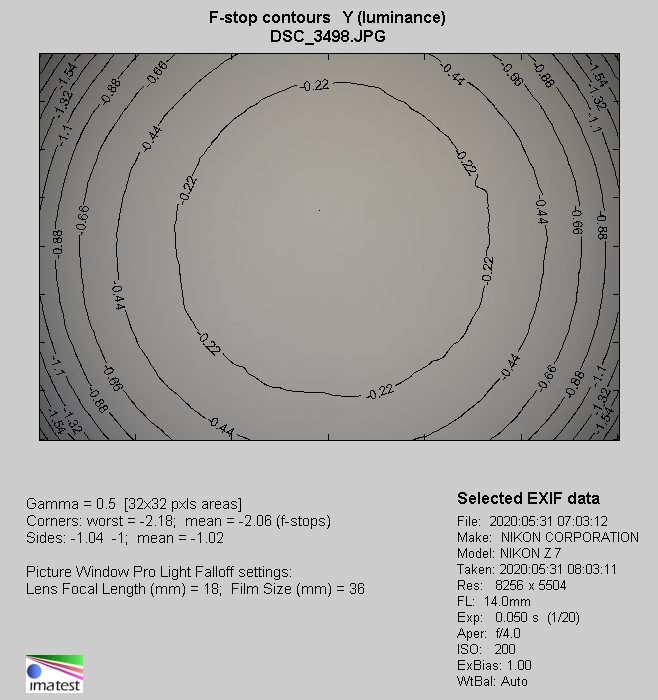 |
| Nikon Z7, 22ámm, JPEG, f/4.0 |
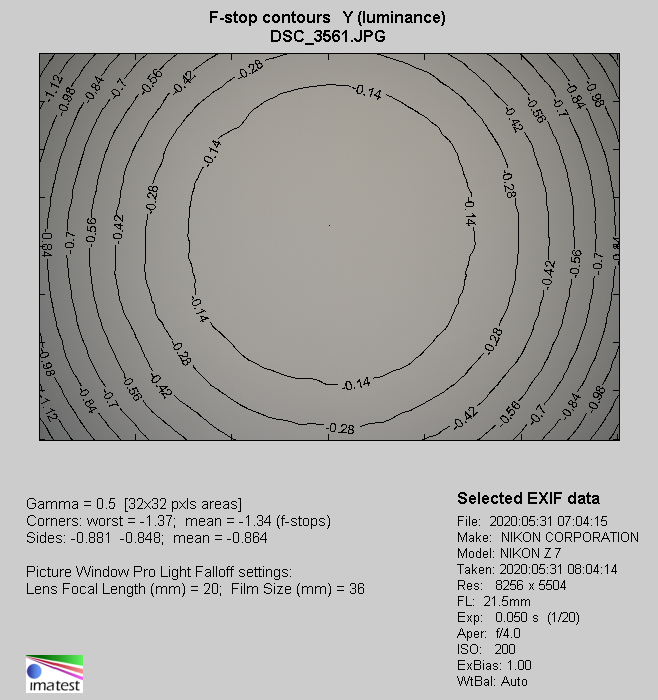 |
| Nikon Z7, 30ámm, JPEG, f/4.0 |
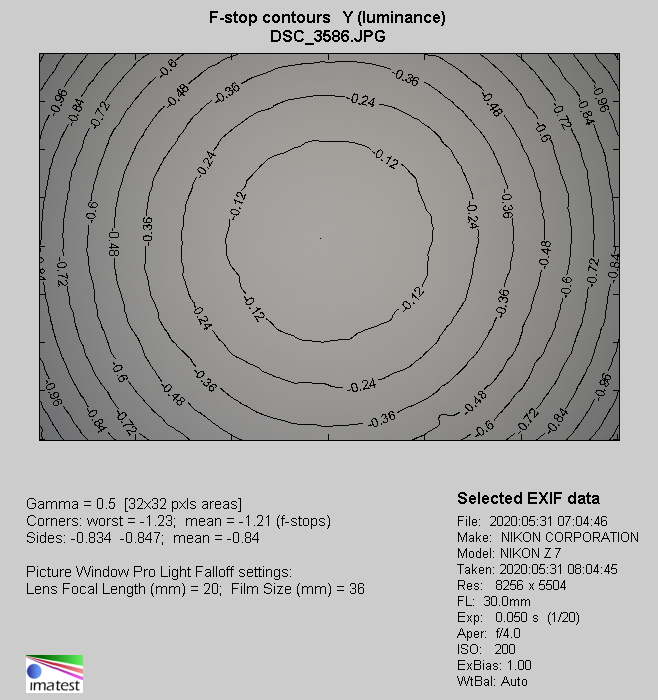 |






